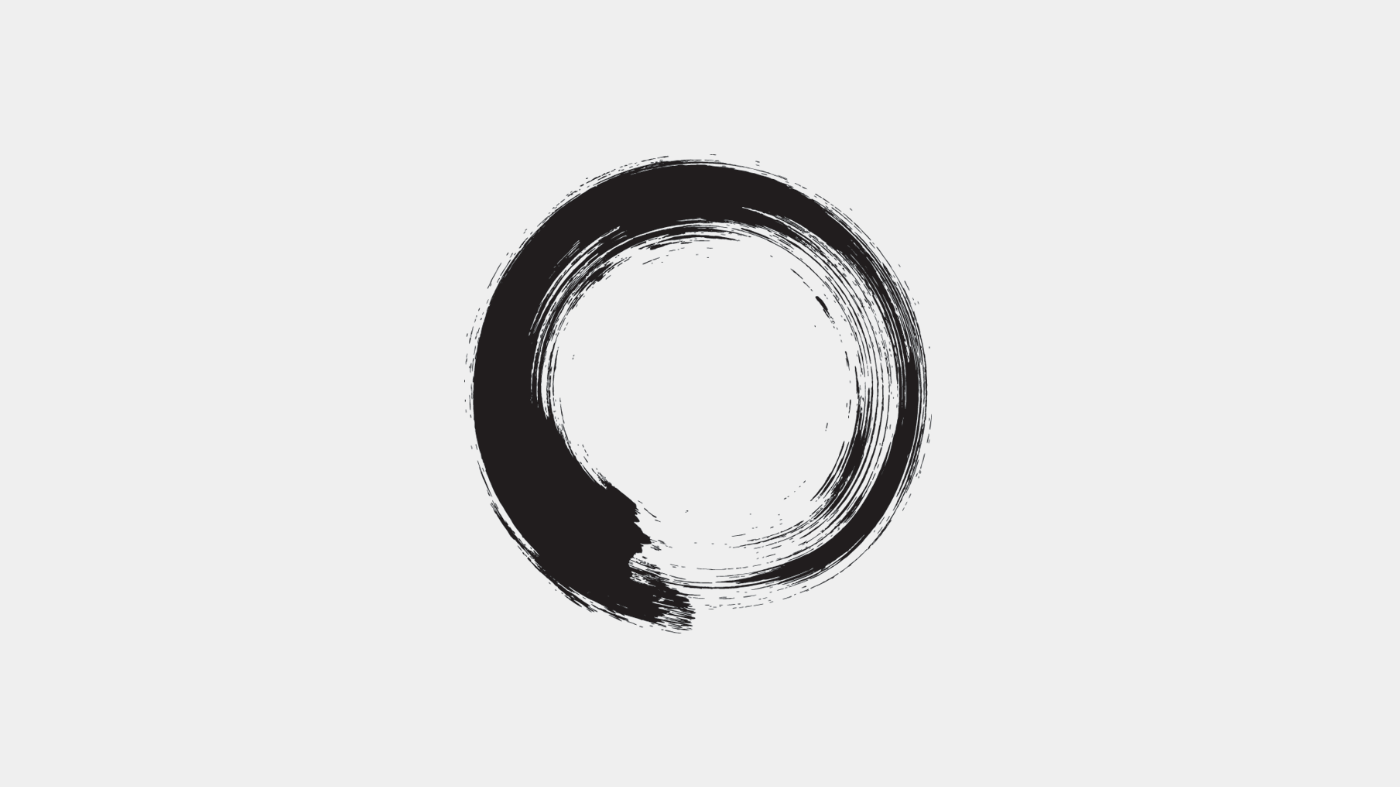Designing with Purpose: The Balance of Craft, Simplicity, and Play
In an era where technology evolves at lightning speed, creating exceptional digital experiences has become both more challenging and more critical than ever. After more than two decades at the intersection of design and technology, I’ve come to realize that the key to meaningful innovation isn’t just about mastering the latest tools or chasing fleeting trends. It’s about understanding people at a fundamental level. The real challenge lies in balancing deep empathy with simplicity, meticulous craftsmanship with playful exploration—all while being informed by data. This harmonious blend forms the cornerstone of my design philosophy, driving me to craft solutions that not only push boundaries but also deeply resonate with users.
The Fragmented Landscape of Digital Design
The digital world is inundated with products that are feature-rich yet fail to engage on a meaningful level. Too often, designs focus on aesthetics without functionality, or on functionality without emotional connection. This fragmented approach overlooks the interconnectedness of key design principles, resulting in experiences that feel disjointed or superficial. The problem isn’t a lack of talent or resources; it’s the absence of a holistic approach that unites empathy, simplicity, craft, and play into a cohesive whole.
Empathy and Data: The Foundation of Meaningful Design
At the heart of any impactful design lies a deep understanding of the people it’s meant to serve. Empathy allows us to step into the users’ shoes, to feel their frustrations and anticipate their needs. This emotional intelligence is the starting point for identifying real problems that require solving. However, empathy must be coupled with data to validate our intuitions. By observing and analyzing user behavior, we ground our designs in reality, ensuring that every decision is informed by tangible insights. This synergy between human understanding and data-driven analysis forms a solid foundation upon which effective designs are built.
The Art of Essentialism: Embracing Simplicity
Simplicity is often misunderstood as minimalism or reduction. In reality, it’s about clarity and purpose—distilling a design down to its most essential elements so that every component adds value. This process involves making tough decisions about what to include and, more importantly, what to leave out. Simplicity enhances usability, making products more intuitive and delightful to use. Data plays a crucial role here by highlighting friction points and areas of confusion, allowing us to streamline the user experience and make the complex feel effortless.
Craftsmanship: Elevating the Everyday
Attention to detail is what separates good design from great design. Craftsmanship is about more than aesthetics; it’s about ensuring that every element works harmoniously to create a seamless experience. Whether it’s the responsiveness of an interface, the subtleties of an animation, or the tactile feedback of a button, meticulous execution matters. A well-crafted product doesn’t just function well; it resonates with users on an emotional level. This connection can make users more forgiving of minor flaws—a phenomenon known as the aesthetic-usability effect. Moreover, a beautifully crafted product simplifies the job of sales teams and gives developers the breathing room to focus on optimizing performance.
The Power of Play: The Path to Innovation
While structure and process are essential, allowing space for play and exploration is equally important. Innovation often emerges from experimentation—moments when we’re free to push boundaries and explore the unconventional. Play fosters creativity, leading to ideas that might not surface within the confines of traditional workflows. By iteratively testing these ideas and refining them based on feedback, we blend creativity with data-driven decision-making, resulting in innovative solutions that resonate with users.
The Enso: A Symbol of Harmonious Design
Imagine a single, continuous brushstroke forming a circle—a simple yet profound symbol known as the Enso in traditional Japanese art. It represents balance, unity, and the beauty of imperfection. This image encapsulates the essence of effective design, where every element is intentional, every detail considered, and every part contributes to a harmonious whole. Just as the Enso is complete yet open to interpretation, a well-crafted design is both resolved and flexible, allowing for personal connection and meaning.
Crafting Experiences That Resonate
Designing with purpose is about more than meeting business objectives or following best practices; it’s about creating experiences that deeply connect with people. By integrating empathy, simplicity, craftsmanship, and play—all informed by data—we create products that are not only functional but also meaningful and delightful. This holistic approach leads to immediate user engagement and builds a foundation for long-term growth and optimization.
In embracing these principles, we move beyond the superficial and create designs that stand the test of time. Like the intentional simplicity of the Enso, a well-designed product resonates on multiple levels, aligning user needs with business goals and fostering a lasting impact.
